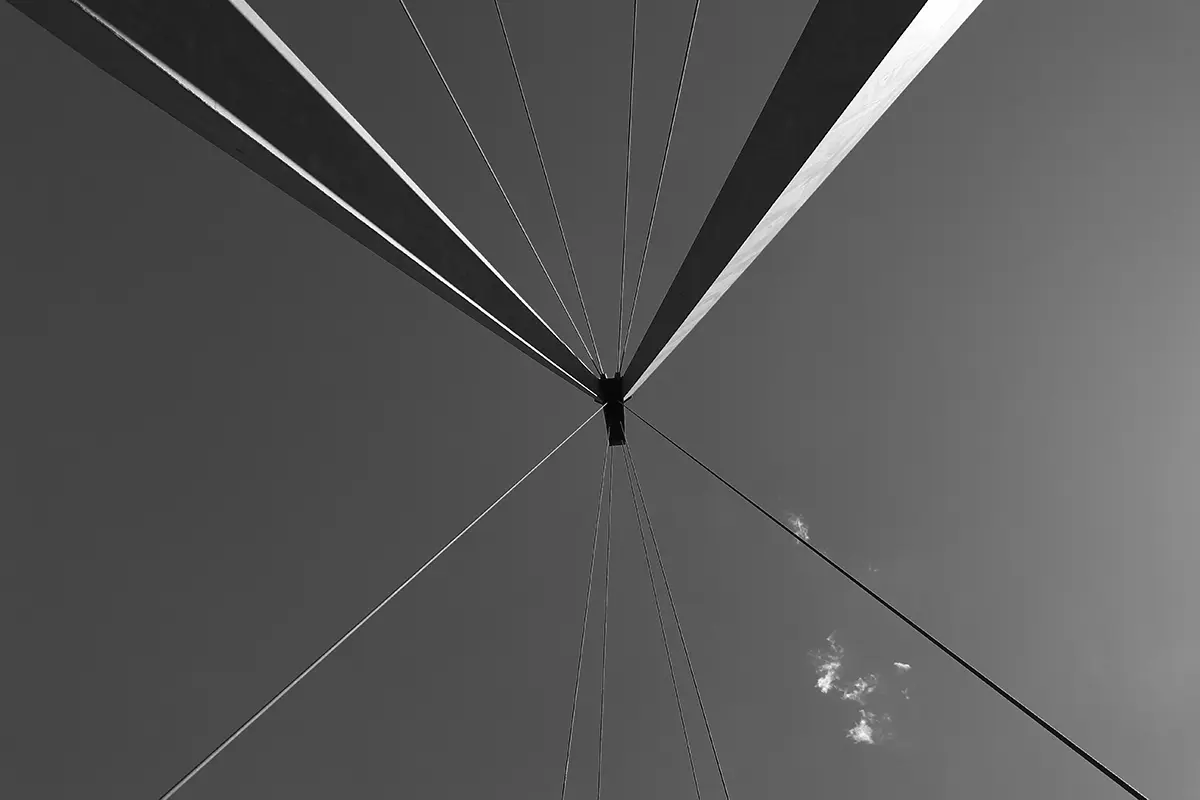In post 1, we examined the focal point of the Morpheus hotel through the lens of the Greek language which is associated inter alia with Logos and Kosmos. This is more linked to the literal level. In this post we are going to see it via poetry, the intuitive lens which is closer to the inner logic of the Hebrew language. Let’s take the poem ‘The body of Summer’ by the Greek poet Odysseas Elytis.
Greek version : https://www.sansimera.gr/anthology/186#goog_rewarded
English version https://www.greeknewsagenda.gr/poem-of-the-month-body-of…/
We will examine this focal point intuitively, first at the level of Greek language and then at the level of the Hebrew one.
Level 1: The way it manifests itself, the logic of the Greek language
The poem can be separated in 3 parts. I will use the English version as a point of reference.
- Part 1: A long time has passed since…..sang
- Part 2: O body of Summer …body deep vessel of the day
- Part 3 : Soft rain come…naked health.
This is a linear progression in line with the linearity, proportion, order characterizing the Greek language. This linear progression can be studied as follows :
Part 1 talks about the natural everyday world. At the same time it introduces a person a soft transient to the second part which talks about Eros culminating in sensory rich images up to the moment one becomes undone – burnt through the visitation of Eros. This constituting the climax of both the second part and the whole poem (the focal point in a sense) marks the end of part 2 and the soft transition in part 3 when one returns to nature but changed, cleansed through rain[2]
Level 2: The moment it gets fun is when one realizes that underneath this linear progression there is Hebrew language recursive order
The Hebrew language words are made of a 3 consonant root. On top of this 3 consonant root they add prefixes and suffixes as well as vowels around the consonants to create new words . All the new words however, have the same QR code which is the 3 consonant root , they orbit around it with the created words echoing each other.
In the poem of Odysseas Elytis the 3 consonant root is GRC from Greece. In line with what we have said in the interior design of the leading hotels of the world, the best of the best architects, interior designers, poets, painters of all time present culture as a cultural echo. Elytis doesn’t name Greece directly in the poem but he uses words which echo the Greek Summer.
Words such as ants and lizards, sun burning endlessly, fruit, plant gaze, silver burned olive leaves , seaweed, naked body burnt, basil above the curly pubic mound , pine needles , soft rains etc.
These words orbit around the 3 consonant root GRC and are created adding up vowels to the GRC root.
Thalassa ( sea) for example is created using the 3 consonant root GRC and the vowels a a a, alati ( salt) is made up of the GRC root and the vowels a, a and i.
These vowels represent the sensory experience related to each word which is unique for each one of us.
For me the sensory experience of the word sea is associated with the wild Greek sea.
For me it is waves crushing across the shore, it is Amorgos, Monemvasia, Lefkada Kathisma. it is not serene sea, it is a secret seduction going on between salt and wind, a sea which has pulse, a sea which opens its arms to romance, pain, love.
On a quieter moment it is Greece-Thessaloniki , reading a book in a beautiful café next to the sunset sea~~
Levels 1 & 2 Fusion – when language sings
Elytis manages to successfully merge the 2 logics in that there is linearity also recursion.
**Perhaps because the Greek language is characterized by order and reason but it is lyrical , just like the statutes of Ancient Greece, it has euphony , this is why it is just elegantly beautiful. **
Perhaps it follows linearity in philosophy, law, architecture but not really in language and poetry where human experience bends~
Perhaps Hebrew is non – linear, Greek holds the tension and French is the most linear but lyrical about it, the flower~~
Returning back to hotel Morpheus in post 1 this diagonal relationship between the 2 languages manifests itself though the diagonal bridge. Even though I don’t understand or know much, if any, about architectural parametric design, I believe the diagonal relationship between linearity and recursion is its inherent feature.
In fact I, suspect that it is a life pattern a meta structure:
Perhaps :
- Οne physicist could tell us about the relationship between classical and quantum physics?
- One poet could say how this intersection results in language that sings?
- A doctor could tell us if it applies to the functioning of the human body?
- A geneticist if it has anything to do with DNA?
- A mathematician if it related to mathematics?
- A philosopher?
- A neuroscientist about the miracle of the human brain?
- I believe it is related to the concept of edge of chaos?
- ?…
The diagonal relationship between the logics of the 2 languages should result in fusion which is intact. The line which connects them across the universe twists and bends but It doesn’t break .
Just like the hotel whose iron volume exceeds that of the Eiffel Tower but manages to dance gracefully and effortlessly across the SKY.
In my humble opinion this is a hallmark of a masterpiece( 25=7)
~~~~~~~~~~~~~~~~~~~~~~~~~~~~~~~~~~~~~~~~~~~~~~~~~~~~~~~~~~~~~~~~~~~~~~~~~~~~~~~~~~~~~~~
Fragnance note
- World: Resonance, lyrical unfolding, fusion across diagonals
- Accord: Greek Luminous clarity. musical proportions
- Undertones: Hebrew hidden codes and depth beneath the lyric line, French the elegance of form
- Aura: a radiant trail of harmony, a lingering music that balances order with lyrical flight.
~~~~~~~~~~~~~~~~~~~~~~~~~~~~~~~~~~~~~~~~~~~~~~~~~~~~~~~~~~~~~~~~~~~~~~~~~~~~~~~~~~~~~~~
